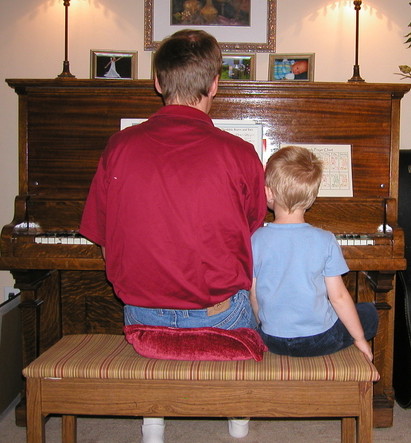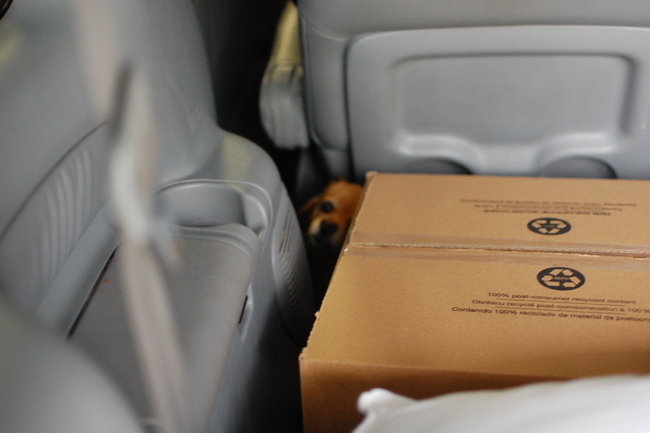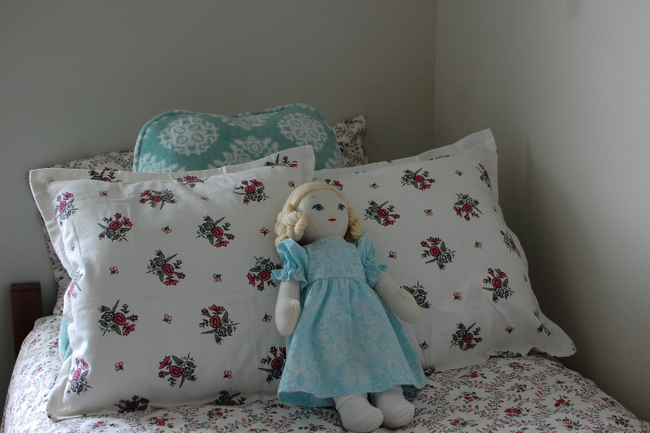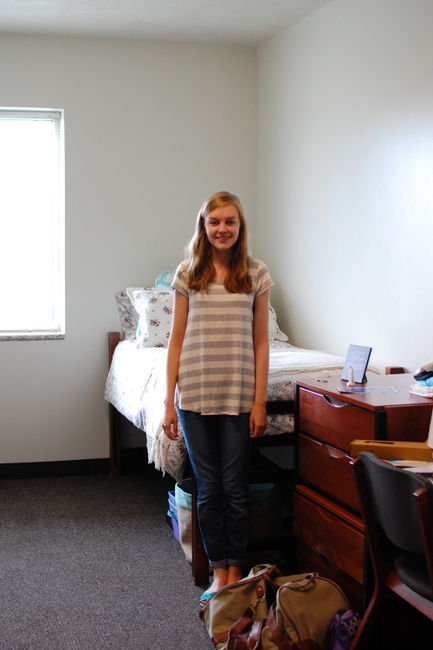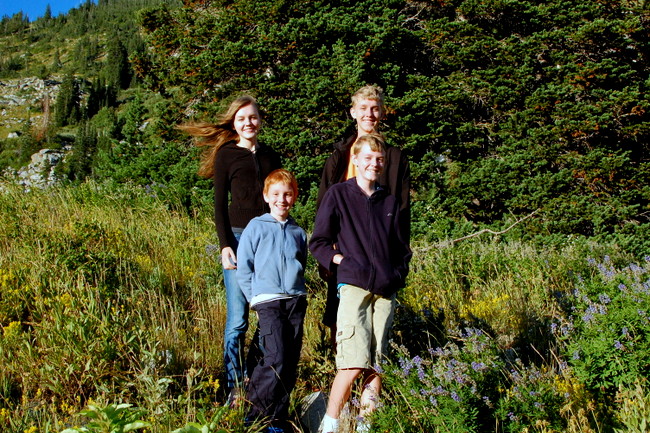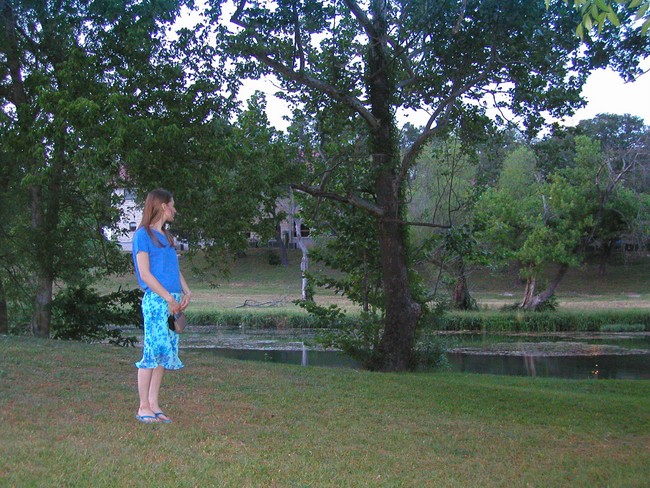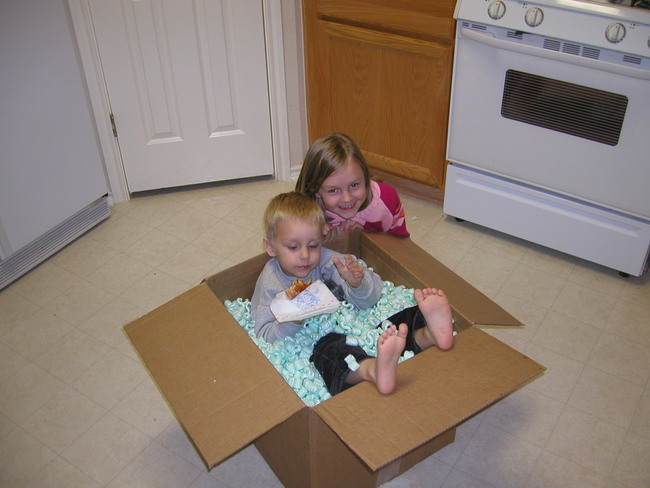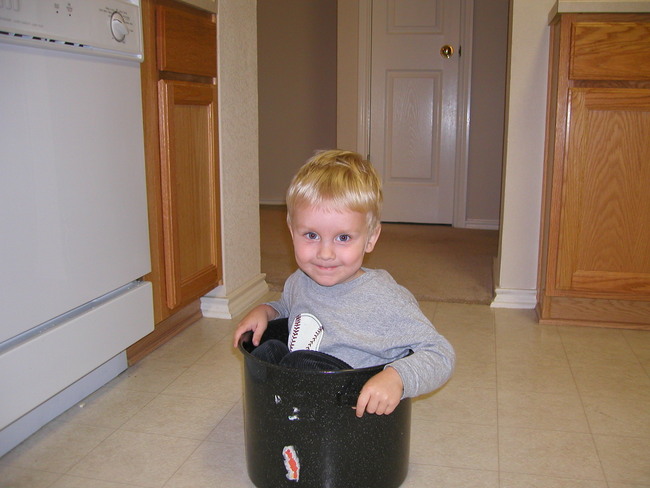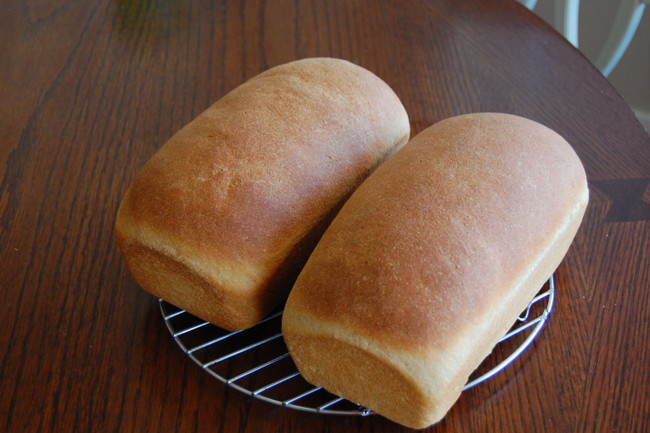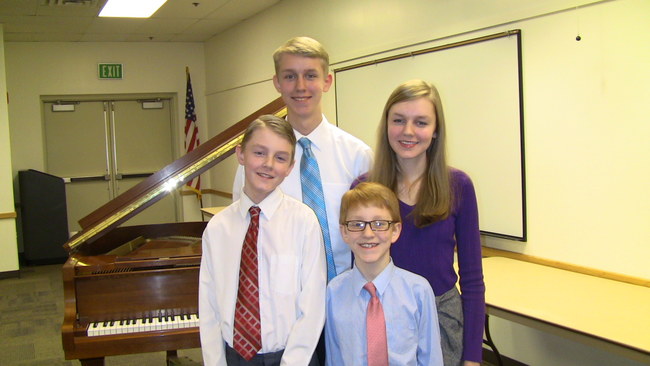Refinishing the Piano, 1998
A recurring theme in my journal from my years of marriage is my desire to be accepted by my mother-in-law. She has been welcoming and generous to me, but any suggestion she has made has sunk deep into my soul.
“You should refinish that piano,” she said, when she saw the piano in our apartment in Provo, just months after Richard and I were married. She told me about her experiences refinishing pianos and other pieces of furniture. My mother-in-law’s laundry room was full of paints, stains, chemicals, and potions for the application and removal of anything.
The piano was a nearly 100-year-old Kimball, tall and heavy, that my dad acquired when I was a teenager. For many years, my dad loaned it to families in the neighborhood so their children could have an instrument. When I was married, the piano came to me.
It had a deep cherry stain but no piano bench. Years of sitting in homes without a bench left it with some chips in the finish below the fingerboard where chairs had been pushed against it. Richard’s mother gave us the piano bench that Richard made for her in high school and pushed it beneath the keys.
On a later visit, Richard’s mother showed me how to take apart the piano in a further effort to convince me to refinish it. My over-active self-doubt and desire to please her haunted me as we finished college in that apartment. I had no time to refinish a piano, but its chipped surface and the idea that I should fix it really bothered me. We had our baby shortly after I graduated from BYU, and now I really felt I had no time to refinish a piano with an infant to care for and Richard finishing a graduate degree and working in a lab.
We moved to Texas in 1997 and Richard began the first job of his career at National Instruments. I felt the stretch of motherhood at this time pretty fully. I had had my first exposure to the antics of a 15-18-month-old during that first year in Texas, far from family and among uninitiated friends. It’s been true for most of my children: at age 15 months, they begin whining, become more demanding, and make a lot of trouble for the next several months.
In my frustration, I turned to religious music. I took Paige on walks and blew lots of bubbles and built block towers, but she was still whiny and destructive. I decided that having only one focus (my baby) wasn’t working. I decided to refinish that piano.
The hardware store had low-fume chemicals to begin the process of taking off the finish. I decided not to worry about the mess and the fact that I had a toddler to entertain. The winter Olympics were on and I spent days with the television turned to winter sports as I worked during Paige’s naps and beyond. As I focused on scraping the old finish from the wood, she learned to entertain herself. She liked playing on the piano and seeing what it looked like inside. The sliding door of our apartment was always open that winter during the project to vent out the fumes. I grew to love a warm Texas winter.
Next time you see a piano, take some time to study it. There are so many pieces. Some you can remove. Others you can’t. Count the crevices and indentations. This project took me a long time. For months, we had a partially dismantled, partially bare wood piano. I can still hear the sickening slap of the brush applying the noxious chemical stripper to the wood. I can remember the bubbling of the stain as the chemicals seeped in. I wore long rubber gloves as I scraped the red finish off with a putty knife and collected the bacon-like strips of the old stuff in my hands. Bag after bag of soggy, orange-red paint and stain exited our apartment during those months. When Richard left for a week-long Scout camp in Tennessee that summer, I spent the nights pushing myself to finish the project. When he walked in the door a week later, the piano was finished; no longer cherry red, and showing a beautiful wood grain.
The refinished piano moved with us three times, to a house in Texas, a house in Arizona, and another house in Arizona. After we bought a grand piano in 2007, we sent the old Kimball to my sister Susan. I tried to plant a seed as I said to her, “Make some kind of improvement on it before you pass it on. Perhaps you could start by replacing the covers on those chipped keys.” I am not sure if my words haunt her, but I know she will be glad if she makes a couple of improvements to it.
In the end, I didn’t refinish the piano to please my mother-in-law. In fact, I don’t remember what she said when she saw that I had done it! I refinished the piano for myself. I have my mother-in-law to thank for the idea and some guidance. I learned a skill and a life lesson: be creative. Always be building or making something. Don’t give yourself to your family so much that you forget to create. Perhaps she wanted to teach me the satisfaction of such a project. I am a better mother and wife when I have something to work on outside of childcare and house work.
